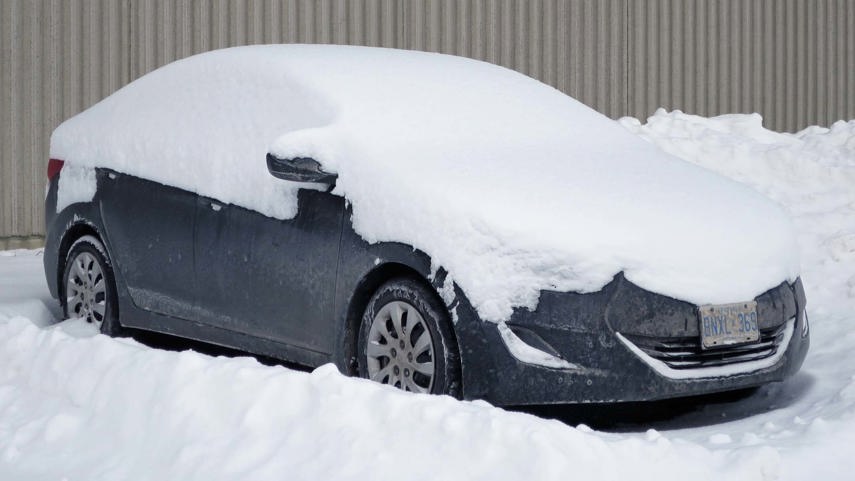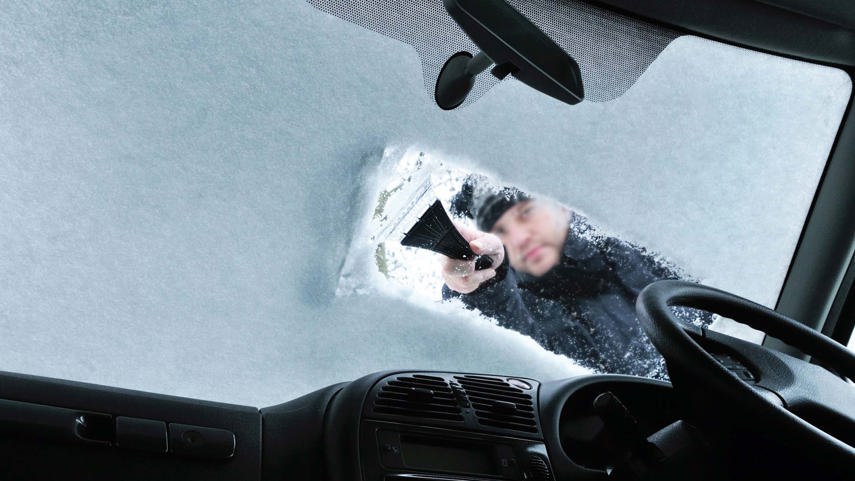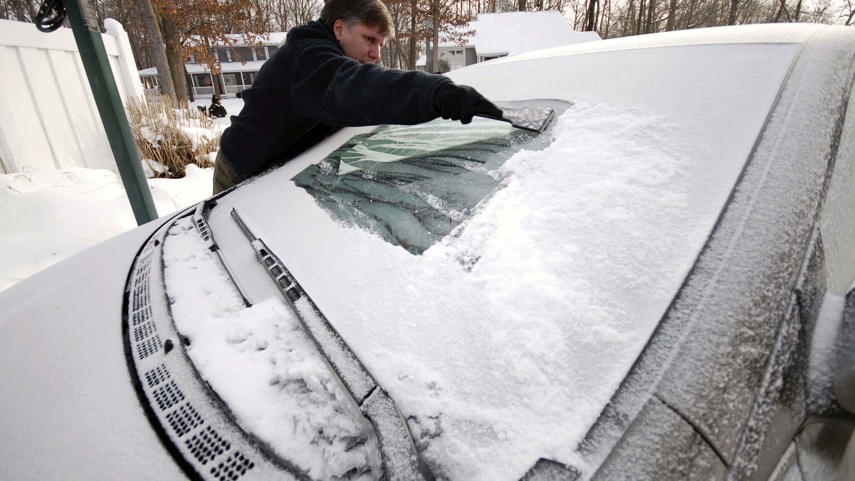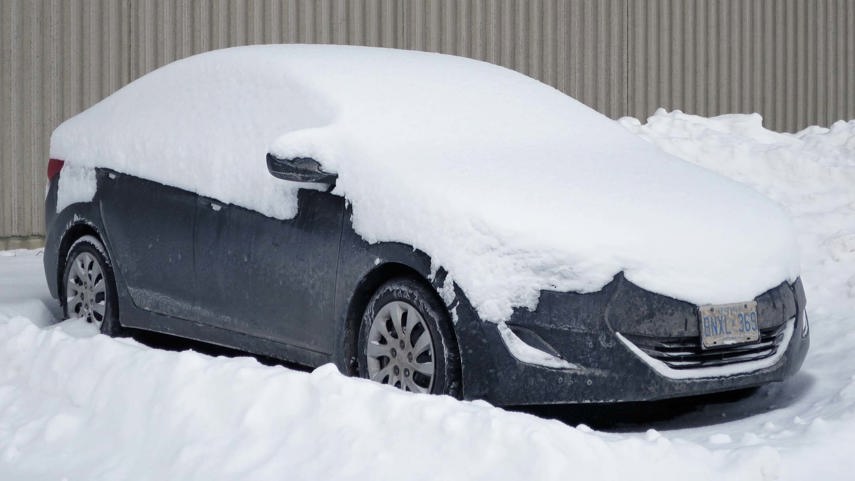You know you should brush snow and scrape ice off your windows – and if you don’t, listen up, because we’re going to tell you why you should, and exactly how to do it.
We’re also going to answer a question we get asked a lot. Can you get a ticket if you don’t clean the white stuff off your windows? The answer is “Yes, you can,” but it’s a little more complicated than that.
Here’s the scoop on that.
Laws require clear view that is free of obstructions – including snow
Every province and territory in Canada has a law on its books about driving with an obstructed view, and – no pun intended – snow falls under that, even if the law doesn’t expressly point it.
“There’s no offence for having snow on your vehicle, but there are other offences that may be related to that,” said Kerry Schmidt, a sergeant with the Ontario Provincial Police’s Highway Safety Division. “If you don’t have a clear view because the car’s covered with snow, you could get a ticket, and that’s a $110 fine. That’s in Ontario, but every province has its own traffic acts.”
That they do, and while not every province or territory specifically mentions snow in its rules, officers use their discretion to figure out if the white stuff on your glass is making it impossible for you to see. While they might not pull you over just for that, expect it to come up if you’re involved in a crash because you couldn’t see. You could also potentially face a more serious charge, such as operating an unsafe vehicle. The person you hit might slap you with a civil suit for it, too.

The exact wording depends on the jurisdiction, but the intent is the same. In Ontario, the Highway Traffic Act reads, “No person shall drive a motor vehicle upon a highway unless the windshield and the windows on either side of the compartment containing the steering wheel are in such a condition as to afford the driver a clear view to the front and side of the motor vehicle; and unless the rear window is in such a condition as to afford the driver a clear view to the rear of the motor vehicle.”
British Columbia doesn’t allow a vehicle where “the windshield or any window of which is in such a condition that the vision of the driver is impaired,” while in Newfoundland, “A person shall not drive a motor vehicle on a highway where…the windshield, side-wings, side or rear windows are covered, either completely or partially, by snow, ice, mist, dirt or other matter that the vision of the driver is obscured or obstructed.”
Manitoba doesn’t want you driving with anything obstructing the front or side windows, other than a standard rearview mirror or sun visor, while Nunavut and Northwest Territories say that “No person shall operate…a motor vehicle with the windshield or a side or a rear window of the vehicle that is covered with snow, ice, or condensation.”
Yukon doesn’t mention snow, but it would fall under the rule about no one driving a vehicle where the windshield view “is so obscured by mud, frost, steam, or any other thing as to make the driving of the vehicle hazardous or dangerous.”
Too lazy to clear off your car? That’s (a) fine.
Each province has fines for driving with an obstructed view, including up to $176 in Nova Scotia, and up to $200 in Quebec.
There’s currently a bill in the Ontario legislature that would “…amend the Highway Traffic Act to prohibit driving a motor vehicle on a highway with a dangerous accumulation of snow and ice…in a manner that would pose a danger to other motor vehicles on the highway if the snow or ice were to fall or slide off.” The bill covers not just the vehicle but any trailer it’s pulling as well, with fines ranging from $50 to $500 for consumer vehicles, and $100 to $1,000 for commercial vehicles. It passed its first reading in 2014 but still has several steps and a long way to go before it’s approved and passed into law.
Even so, we’re rooting for it, because a snow whiteout off your roof can blind drivers behind you, and if a shard of ice is large enough, it can come crashing through a windshield. The cops might not have a precisely worded law for it just yet, but a couple of years ago, a Winnipeg driver was tagged with a $237.50 ticket for having 10 centimetres of snow on the roof of his minivan, which a police officer deemed to be an “unsecure load.”

How to clear that snow off – like a pro
No matter how your local constabulary views snow, you can avoid whatever ticket covers it by making sure your vehicle is clean and clear.
Start the engine, set your front defroster to its highest speed, and turn on the rear defogger. Start at the top, brushing snow off the roof first, and then off the windows, hood, and trunk. If there’s ice, use a scraper. Never pour warm or hot water on it, which can crack the glass. If ice frequently builds up on your vehicle, you might want to consider using a windshield de-icer spray or a snow cover.
Clean off your headlights, taillights, and turn signals. Not only do you want to “see and be seen,” but many vehicles have LED lights, which don’t get hot and can’t melt the snow. If you’re on a long trip and it’s snowing, check and clean your lights whenever you stop for gas or coffee.
And any time your windshield or side windows fog up, turn the defroster to its highest speed. The best way to get out of a ticket is not to get one in the first place.



